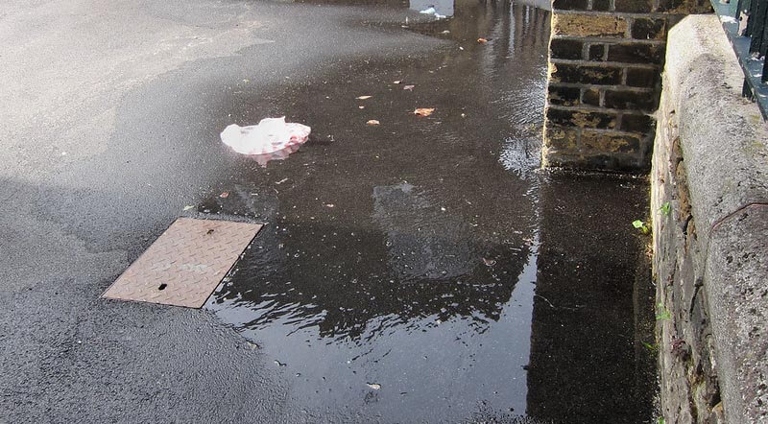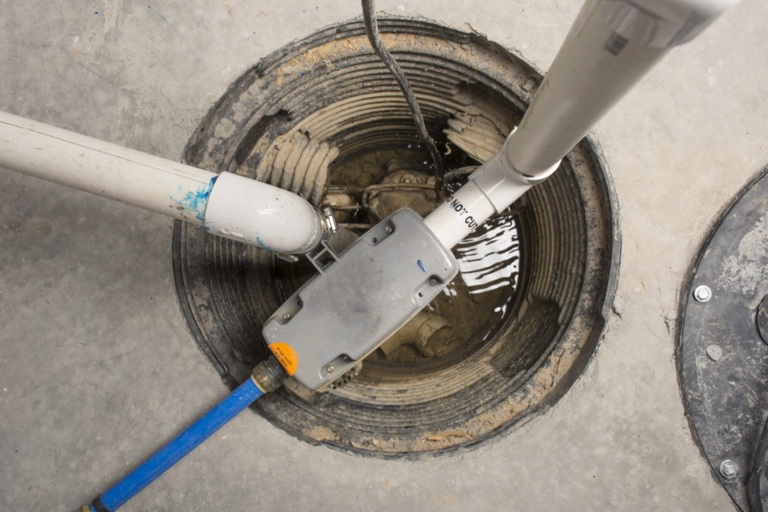If you have a downspout that dumps water right next to your foundation, you may be looking for a way to divert the water away. Downspout extensions are one way to do this, but they can be expensive and may not be the best option for your home. In this article, we will show you how to divert downspout water with or without an extension.
What Are Downspout Diverters?
Downspout diverters are an important part of keeping your home’s foundation dry. Downspout diverters are a simple and effective way to prevent water damage to your home. They are installed at the base of your downspout and allow you to redirect rainwater away from your home.
How Does a Downspout Diverter Work?
A downspout diverter is a device that is installed on a home’s gutter system to direct rainwater away from the foundation. This prevents water from pooled around the foundation, which can lead to leaks and other damage. The diverter is placed at the point where the downspout meets the ground, and it has a flap that opens when water flows through it and closes when the water stops.
How to Divert Water Without Gutters
This is a block of material (usually concrete) that you place under the downspout to catch the water and redirect it away from the foundation. One option is to use a downspout diverter. This is a device that you attach to the downspout and that diverts the water away from the foundation. Another option is to use a splash block. If you want to divert downspout water without an extension, there are a few things you can do.
Site Grading
Site grading is the process of sloping the ground around a house so that water drains away from the foundation. This is important because water can seep into the foundation and cause problems like mold, mildew, and structural damage.
There are a few things to keep in mind when grading your site:
-The slope should be at least 6 inches for every 10 feet.

-The soil should be well-compacted to prevent erosion.
-The ground should be graded away from the foundation in all directions.
-Gutters and downspouts should be installed to help channel water away from the foundation.
This will extend the downspout away from the house and allow water to drain away from the foundation. If you don’t have gutters, you can still divert water away from your foundation by installing an extension on your downspout.
Planting trees, shrubs, and other plants can help to create a barrier that will keep water from seeping into the foundation. You can also use landscaping to help divert water away from your foundation.
By following these tips, you can help to keep your foundation dry and protected. If you are having trouble with water seeping into your foundation, it’s important to take action to prevent further damage.
Build a Dry Well
Line the hole with gravel or rocks and then cover it with a layer of soil. The water will seep into the ground and away from your home. All you need is a hole in the ground that is at least 3 feet deep and wide enough to catch the water from your downspout. A dry well is a simple and effective way to divert water away from your home without the need for gutters.
Dig Ditches
If you’re looking to divert water away from your home without using gutters, one option is to dig ditches. Ditches are trenches that are dug around the perimeter of your home, and they can be used to redirect water away from your foundation and towards a drainage area.
The depth and width of the ditch will depend on how much water you want to divert, but a good rule of thumb is to make it at least 6 inches deep and 12 inches wide. Once you’ve done that, mark out the perimeter of the ditch with string or flags. Then, using a shovel, start digging! To dig a ditch, you’ll need to first determine where you want the water to flow.

Then, when it rains, water will flow into the ditch and be redirected away from your home. Once you’ve finished digging, line the ditch with gravel or rocks to help with drainage.
Try Installing a Sump Pump
A sump pump is a device that is installed in the lowest point of your home, typically in the basement. If you live in an area with a lot of rainfall, you may want to consider installing a sump pump. The sump pump’s job is to pump water out of your home and away from the foundation to prevent flooding.
You can do this by extending the downspouts or by installing splash blocks. If you don’t have a sump pump, or if your sump pump is not working properly, you can still divert water away from your home with or without an extension. One way to do this is to direct your downspouts away from your foundation.

Another way to divert water away from your home is to grade your landscaping so that water drains away from your foundation. You can also create a drainage ditch that directs water away from your foundation. You can do this by adding soil or mulch to raise the level of the ground around your home.
If you live in an area with a lot of rainfall, it is important to take steps to divert water away from your home. This will help to prevent flooding and foundation damage.
Frequently Asked Questions
1. How can I divert water from my downspout without an extension?
There are a few ways that you can divert water from your downspout without an extension. One way is to use a downspout diverter. This is a device that you attach to your downspout that will divert the water away from your home. Another way is to use a downspout extension. This is a piece of pipe that you attach to your downspout that will extend the downspout away from your home.
2. How can I divert water from my downspout with an extension?
If you have an extension on your downspout, you can divert the water by attaching a downspout diverter to the end of the extension. This will divert the water away from your home.
3. What are some of the benefits of diverting water from my downspout?
There are many benefits to diverting water from your downspout. One benefit is that it will keep water from pooling around your foundation. This can help to prevent foundation problems. Another benefit is that it can help to prevent flooding in your basement or crawlspace.
4. What are some of the drawbacks of diverting water from my downspout?
One of the drawbacks of diverting water from your downspout is that it can cause problems with your landscaping. If you divert the water onto your lawn, it can cause the grass to die. Another drawback is that it can cause problems with your gutters. If you divert the water onto your gutters, it can cause them to overflow.
5. What are some of the things that I need to consider before I divert water from my downspout?
There are a few things that you need to consider before you divert water from your downspout. One thing is where you are going to divert the water. You need to make sure that you are diverting the water away from your foundation and your landscaping. Another thing to consider is how you are going to divert the water. You need to make sure that you are using a downspout diverter or an extension.
Final thoughts
If you want to keep your downspout water away from your home’s foundation, the best way to do it is with an extension. By extending your downspout, you can ensure that the water will flow away from your home and not pool around the foundation. If you don’t have an extension, you can still keep the water away from your home by re-routing the downspout so that it flows away from the foundation.
